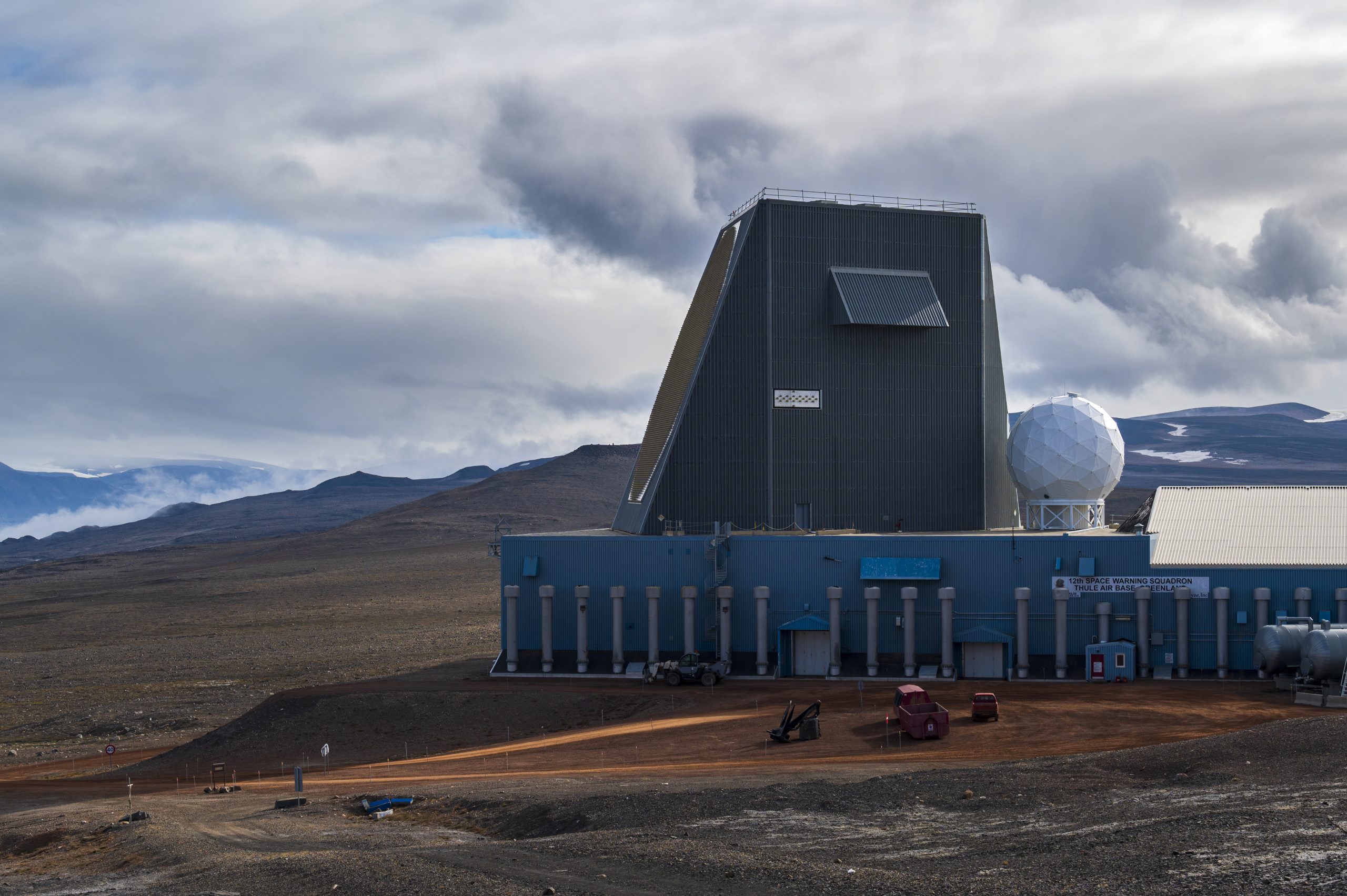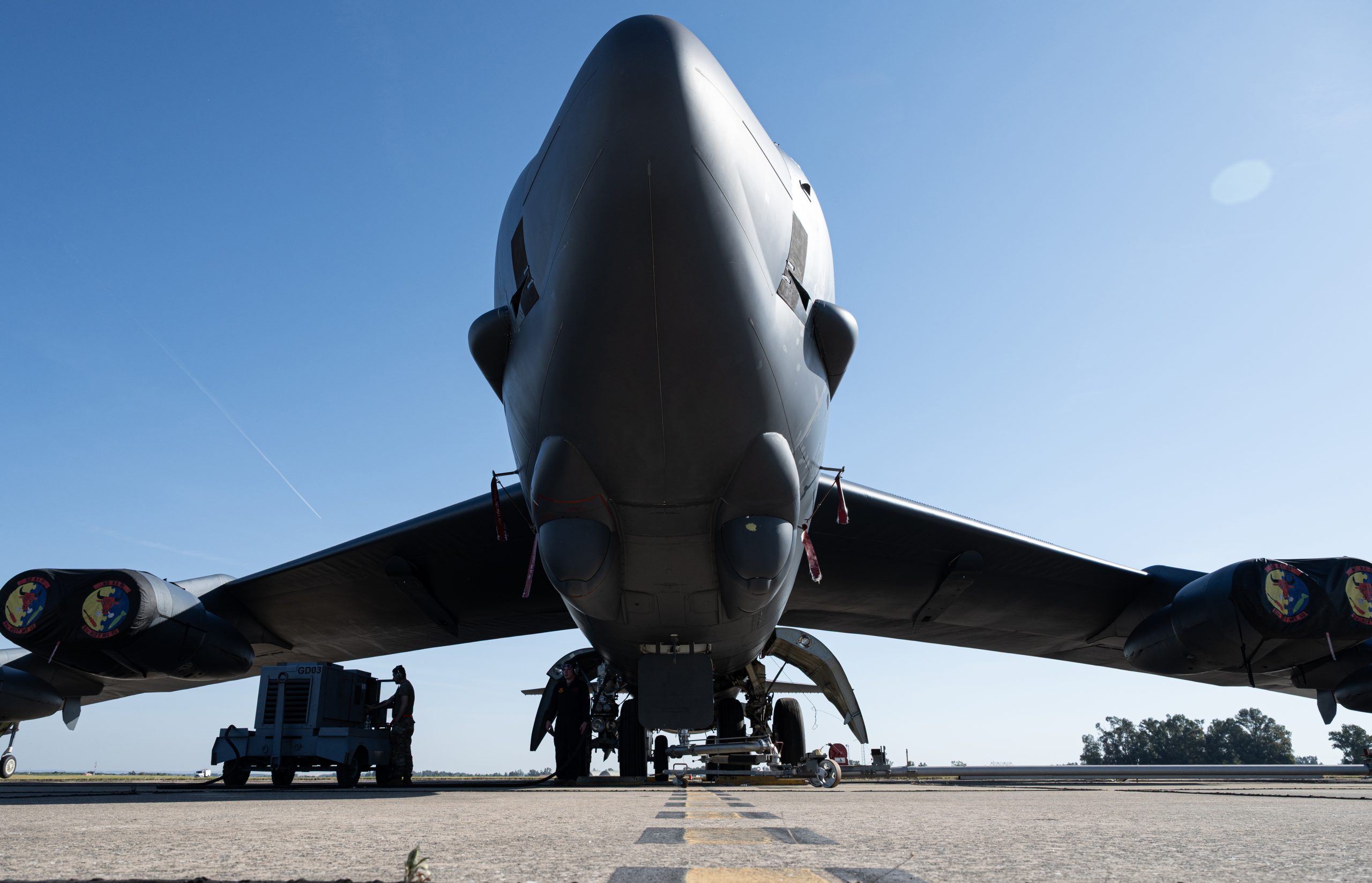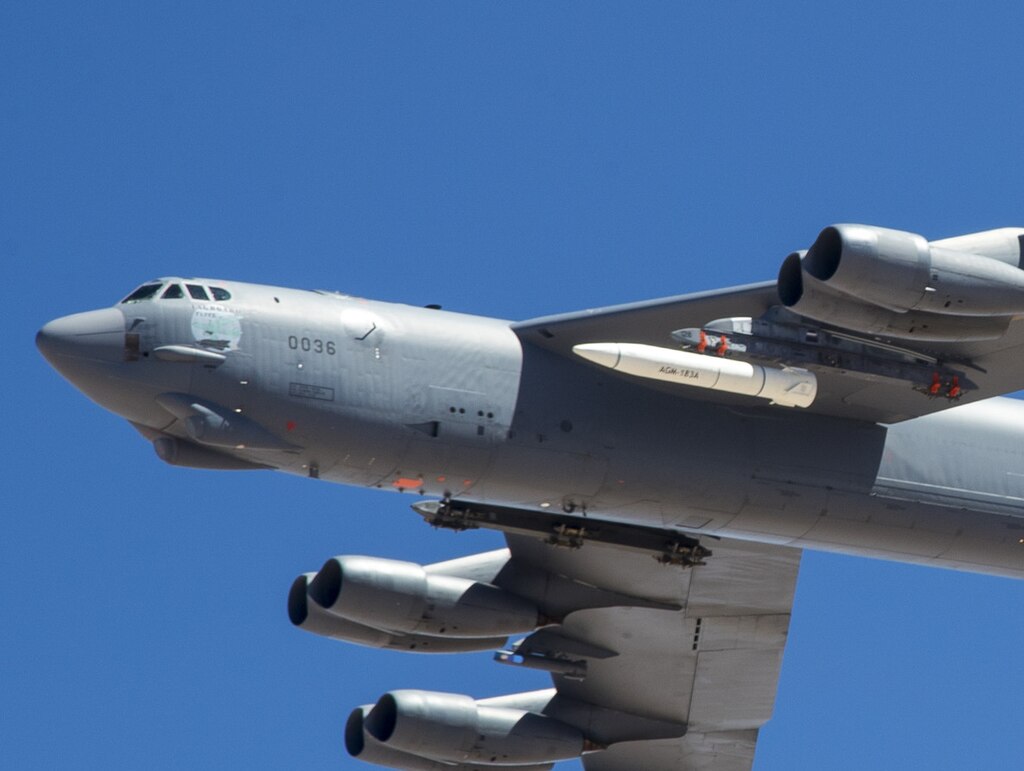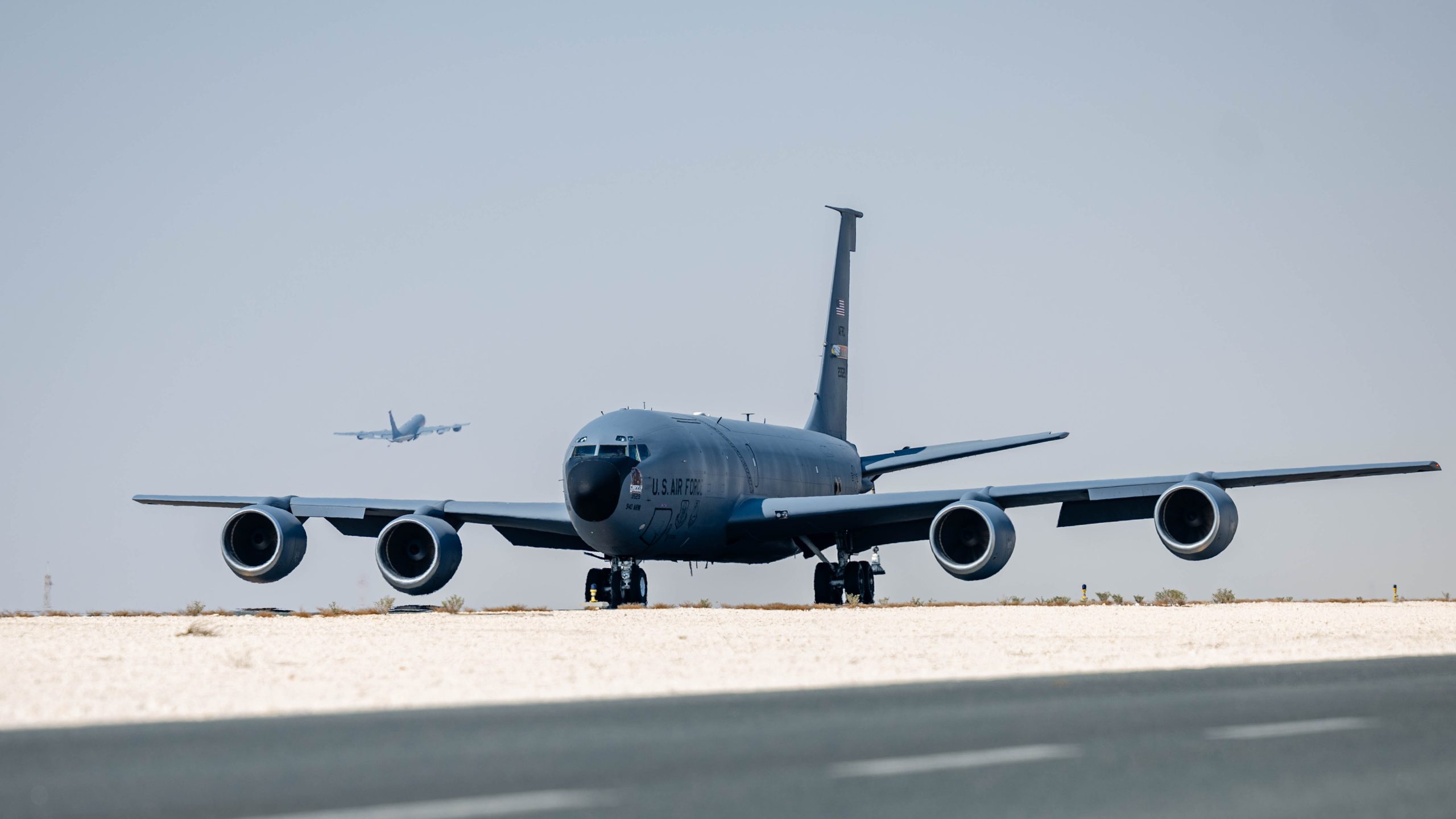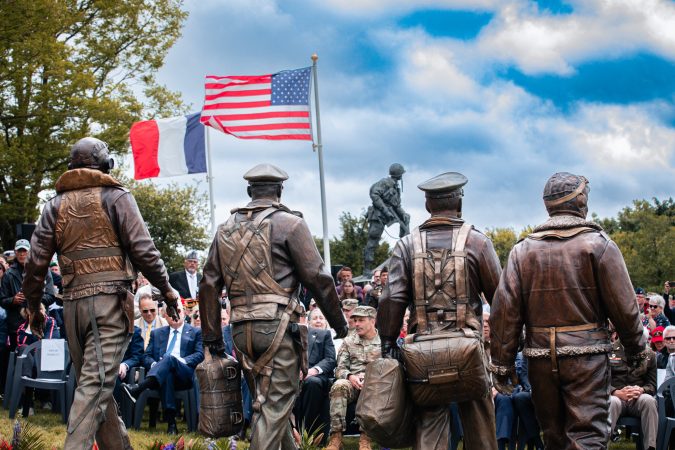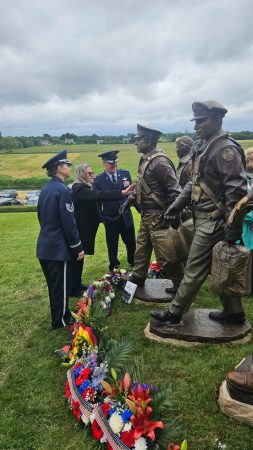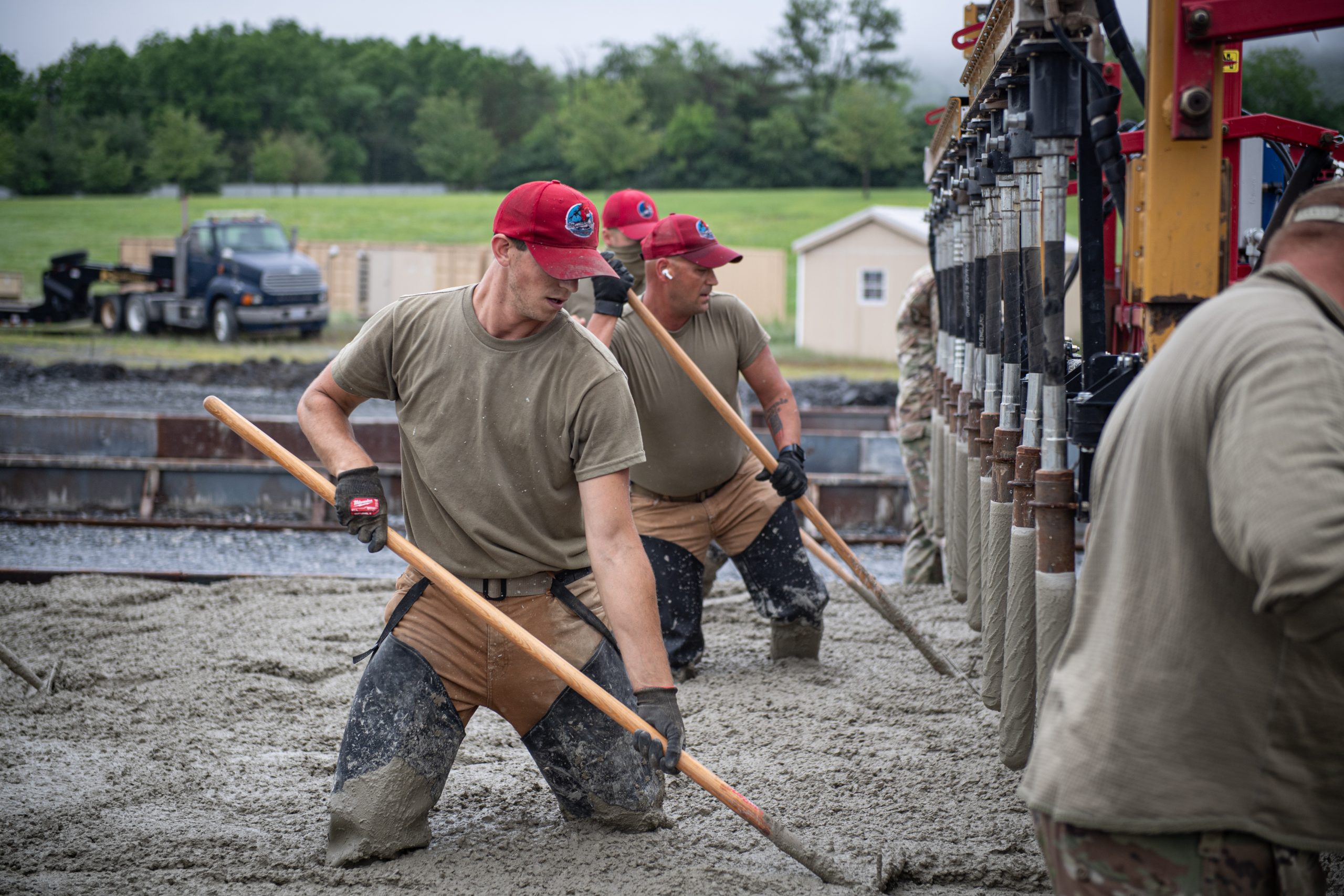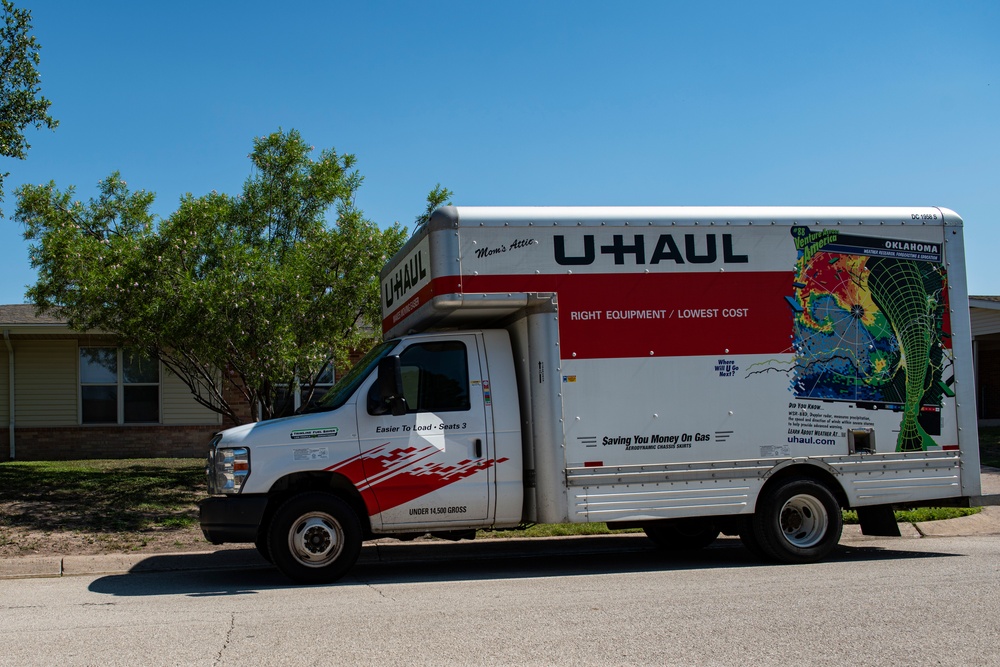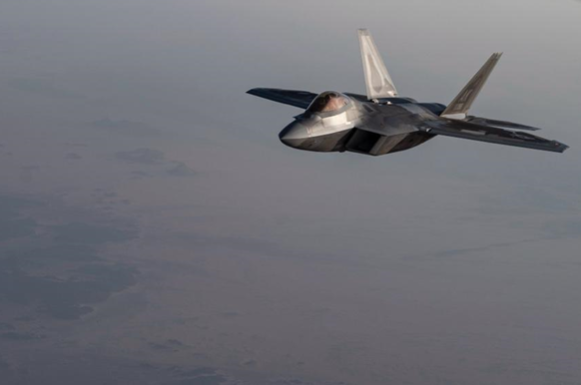The Pentagon has given U.S. Northern Command responsibility for U.S. military operations in and near Greenland after President Donald Trump expressed interest in acquiring the Danish territory.
Defending Greenland was previously the responsibility of U.S. European Command. But Greenland, an icy island in the High North between North America and Europe, will now fall under NORTHCOM.
The “change will strengthen the joint force’s ability to defend the U.S. homeland, contributing to a more robust defense of the Western Hemisphere and deepening relationships with Arctic allies and partners,” Chief Pentagon Spokesman Sean Parnell said in a statement.
The move was highly anticipated as the Trump administration and Defense Secretary Pete Hegseth reviewed the U.S. command structure. But it also has political resonance in light of Trump’s goal of making the territory part of the United States.
The administration has also reportedly considered combining U.S. Northern Command and U.S. Southern Command and placing U.S. Africa Command under U.S. European Command. But no other changes to how the Pentagon manages operations around the world were announced.
In May, Hegseth ordered a 10-percent reduction in the number of general and flag officers through a “realignment” of the unified command plan—part of an overall plan to reduce the number of generals by 20 percent across the military. But the Pentagon has yet to spell out how the reorganization of commands would achieve that aim.
Denmark, which governs Greenland as a semi-autonomous territory, is a NATO ally of the U.S. and has rebuffed Trump’s desire to annex the island.
“We look forward to working with Greenland to ensure that it is secured from any potential threats,” Hegseth told Congress earlier this month. He repeatedly declined to directly answer questions from lawmakers about military plans to acquire the territory.
The island is home to a key Space Force installation, Pituffik Space Base. It was formerly known as Thule Air Base when it was controlled by the Air Force, and has long been an important outpost for the U.S. military, first as a Strategic Air Command base during the Cold War and later taking on space-related missions.
Trump administration officials have stressed Greenland’s strategic importance, which abuts the Arctic Ocean and houses missile warning and satellite control facilities. Shifting oversight of U.S. military operations in Greenland will place the territory under NORTHCOM boss Air Force Gen. Gregory M. Guillot, who also leads the North American Aerospace Defense Command (NORAD).
“There’s been really an enhanced attention … to the security importance of the Arctic and High North to collective defense,” a senior NATO official told reporters June 17, speaking on the condition of anonymity during an event hosted by the Defense Writers Group.
Danish officials pledged to invest in the island but have pushed back on Trump’s desire to control Greenland.
“We are willing to invest more in the development of the Greenlandic society,” Danish Prime Minister Mette Frederiksen said June 17. She said that could include investments in “critical infrastructure that both has a defense and military perspective.”
One plan that has been under consideration within the Trump administration would propose that Greenland declare its independence from Denmark and then enter into a “Compact of Free Association” with the U.S. The U.S has such agreements with Micronesia, the Marshall Islands, and Palau in the Pacific. Those nations remain independent but allow the U.S. military to operate extensively in exchange for America’s pledge to provide essential services.
